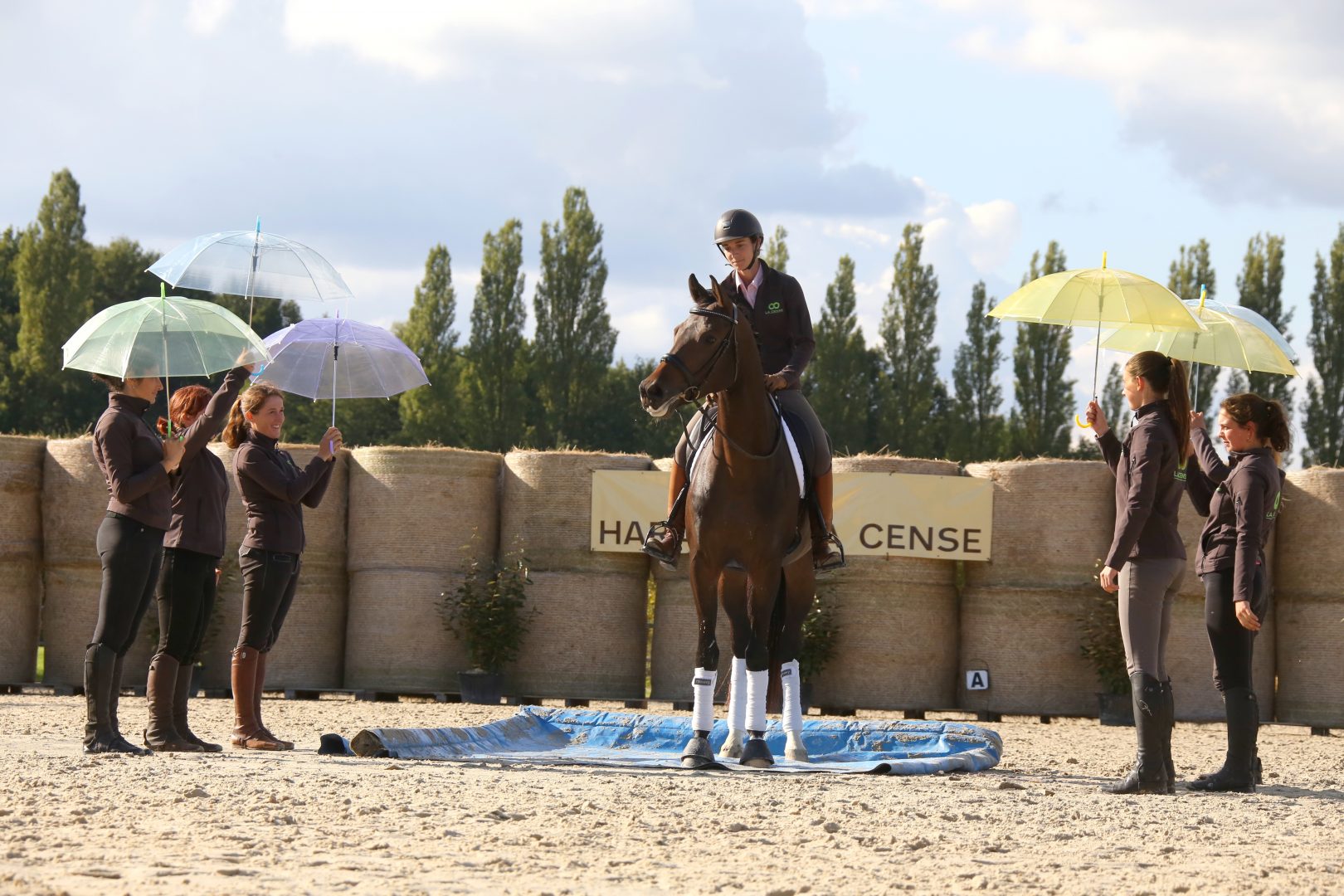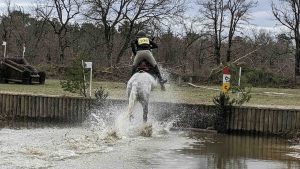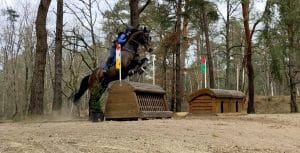A reactive horse is currently the sport horse par excellence. But do not confuse reactivity and hypersensitivity, harmful for the animal! Let's take stock with Caroline Godin, training and owner's stable manager at Haras de la Cense (France) : how can we manage the emotional sensitivity of competition horses?
Education or re-education?
From the first seconds of our exchange, the observation is made. "We strongly encourage exposing the horse to as many situations as possible from the pre-breaking/breaking stage", begins Caroline Godin. "It's much easier to give the horse a good foundation from the start rather than having to change a behavior! The education of young horses is our main activity within La Cense and we want it to stay that way".
At the same time, La Cense can take care of horses with specific disorders (fear of rivers/bidets, hyperemotivity during an event, etc.). "It's hard to deconstruct bad behavior because the horse will continue to resort to it as long as it thinks it's the most appropriate response to the situation it finds itself in. When it comes to rehabilitation, horses and riders are never totally safe from encountering the problems of the past again."

The sport horse, particularly affected?
" All disciplines combined, we often see that stages have been passed too quickly to allow the horse a complete assimilation of what is expected of him. This results in the classic problems of misunderstanding between rider and horse, all the more accentuated when the latter has character, strength, energy or sensitivity. The rider can ride very well, be technically correct, but this will not always avoid problems related to understanding."
Learning about desensitization is therefore a key step in the smooth running of a horse's career. Conversely, a horse pushed by a hurried rider is likely to present incorrect responses later. "We occasionally have young horses of four/five years old who already start to get complicated at this age. Often, these are horses that have a lot of quality and who jump very well, for example, but who have been taken too quickly to big event. A horse may have an ease in jumping but it is an exercise that is nonetheless difficult for him, emotionally and psychologically. The objective of the riders/owners is not always the same as that of the horse!"
As Caroline Godin reminds us, sport horses are selected for the high level and must be reactive and rather explosive. With such qualities, they are hypersensitive to everything! Preparation for the competitive environment, for example, should be addressed and worked on beforehand.

Improve technique and mind
The breakdown of the exercises is fundamental to fully validate each step. If the horse has technical facilities, so much the better! The challenge is therefore to vary the stimuli (the typology of the fences, for example) before moving on to the next step. Is the horse serene with or without base? Is he afraid of the wall, of a water bed? Is he comfortable with noise? With other horses or other people on the track? Etc. Each step mastered by the animal will give him the keys to better understand the situations encountered during competitions.
“These exercises are also valid for the horse that jumps well! Desensitization of different terrains, mowing, exteriors, truck, etc. are real exercises in their own right, as is the mechanization on the fences, for example. The big mistake made by riders is to focus on completing the event… But, on the horse’s side, many stages must be assimilated before that, in particular knowing how to react well to different stresses. A horse that is still a little apprehensive about its rider’s reactions (weighing the seat, pulling on the reins, moving legs, etc.) may panic during a competition!”
Some points to check before going to competition
- Does my horse get on well the truck?
- Does he travel well?
- Does he intersect correctly the other horses during the warm up?
- Does he jump calmly?
- Does it accept noise? (speakers, etc.)
- Is he concerned about the liverpools?
- Is he trained to go on other grounds out of competitive situation?
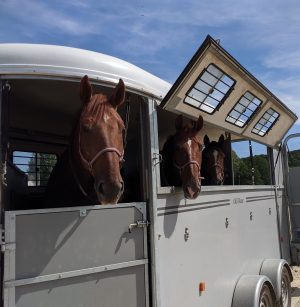
After La Cense
After the education or re-education work carried out, returning to daily life is an important step to avoid recurrences of bad behavior. In order to best prepare for the return to the stables, La Cense offers two sessions with the participation of the regular rider: a first time fifteen days after the start of education/rehabilitation then a second session at the end of the course. Riders/owners can of course come to more sessions if they wish!
Before the departure of the horse, a global summary is then carried out in order to inform the rider of the origin of the problems encountered, how to remedy them if the bad behavior reappears in the future, and the steps to be reworked to prevent recurrences as much as possible. “Riders are urged as much as possible to learn how to respond well to early signs of misbehaviour. Ideally, in the first years of the horse’s work, but this is also valid for older horses. We encourage riders and owners to train, whether alone or with their horses, to be able to educate them and thus avoid letting bad behavior take hold.”
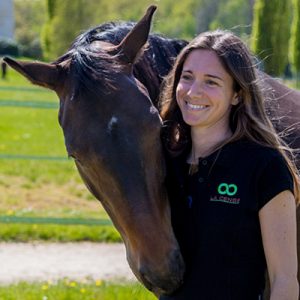
Find all the training, internships and prestations offered by La Cense directly on their website.
This interview was conducted in collaboration with Caroline Godin (BPJEPS and BFEE 2), responsible for training and the owners’ stable of Haras de la Cense.

